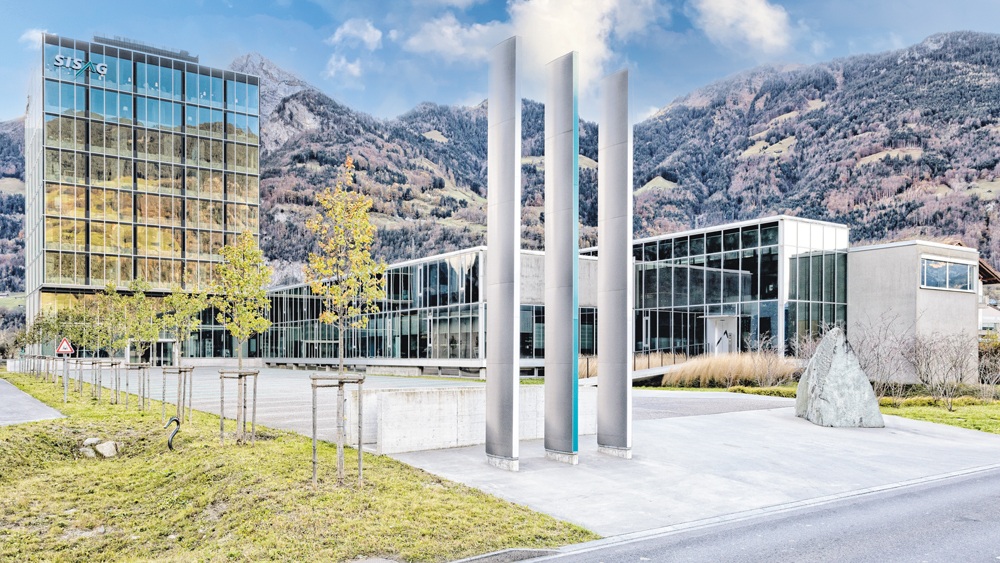«Innovative energy concepts in the fast lane»

It is well known that innovations have a hard time being implemented because they are often slowed down by administrative clumsiness. Legal and normative rules lag behind the current state of system technology and, together with the managing institutions, form a high hurdle to achieving overarching key objectives.
Forward-looking planning has resulted in an interesting energy concept during the construction of the “SisCampus” new building project. The aim was to implement an environmentally friendly and climate-friendly concept. The client decided on a concept that was based on this objective. The main risk lay in the modern approach, and that without relying on empirical values. So the focus was not primarily on sensational elements, such as visible photovoltaics as a label for a sustainable climate image.
The core of the innovation was the use and storage of naturally occurring energy resources. For this purpose, the sun’s energy and the groundwater are used as a heat or cooling source in an optimal way. The structural prerequisite was the creation of an adequate storage facility. For this purpose, the entire building mass was defined as storage and equipped with thermoactive components, so-called TABS. These ensure an optimal temperature distribution in the entire mass storage at a flow temperature of < 30 degrees.
With the use of electrochromic facade glazing (SageGlas) as the primary control element, energy consumption, daylight and glare can be influenced dynamically. The energy transmission of solar energy can be easily regulated by a factor of 10 (G value 0.03-0.35). Another advantage is that other traditional sun protection solutions such as blinds or heat protection devices were not used at the location with a strong foehn influence.
Ventilation is a key element in the climate concept. Energy-consuming air conditioning and active ventilation systems have been dispensed with. Ventilation systems can only be found in the catering area in the kitchen, in the restaurant and in the hotel rooms. The office area is ventilated by hand and ventilated by means of motorized window sashes.
With these core elements, the year-round climate target of 22-26 °C with a humidity of 35-60% could be achieved. The investment costs for heating and cooling could be reduced by more than 60% in terms of space and system technology.
The room climate is continuously recorded by means of meaningful monitoring. The energy requirement is currently around 8 W/m2 and will be comprehensively validated for the first time in summer 2022 after 2 years of operation.